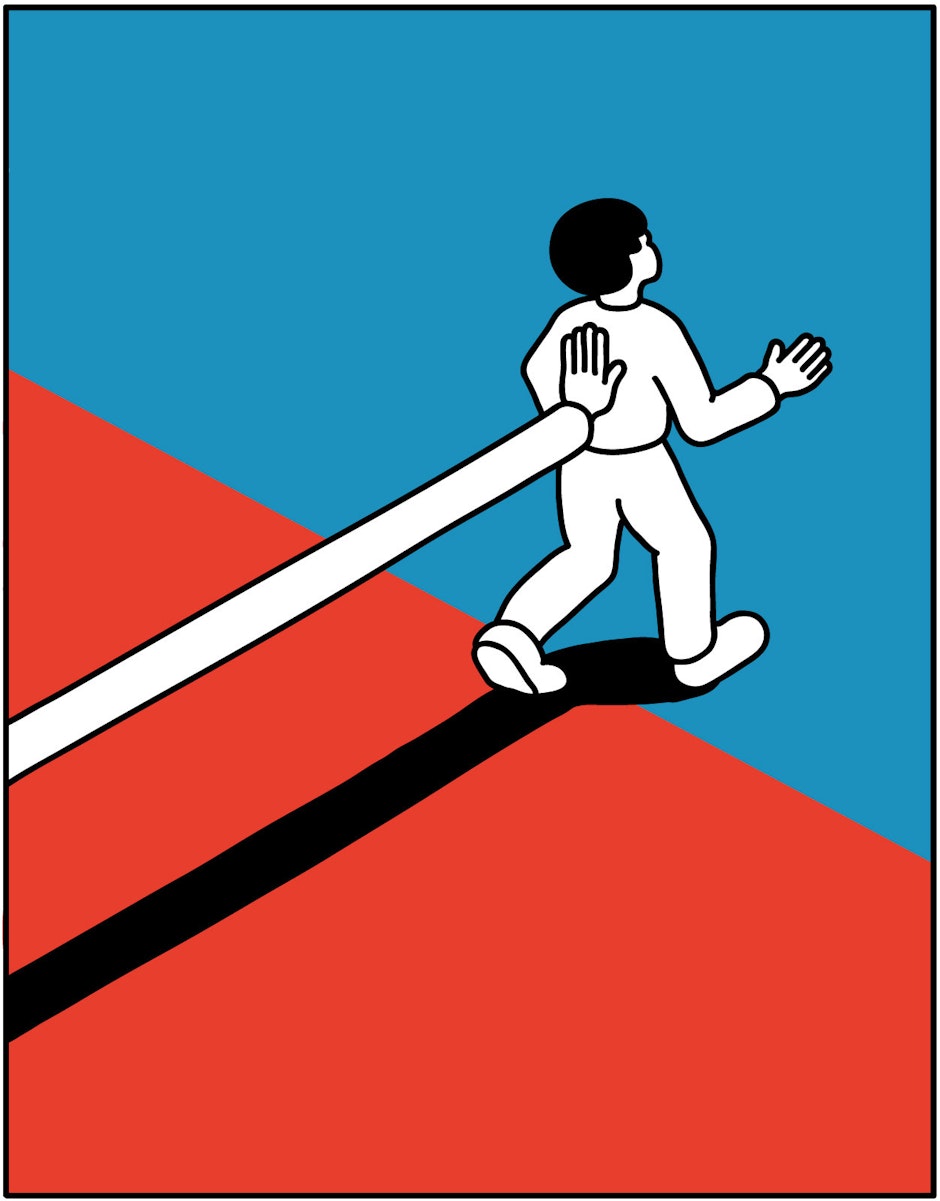How to reactivate stalled sales-funnel opportunities
About 8 months ago, a client asked for help

Many companies have suffered the same problem and need similar guidance. If you’re one of them, here’s our top four tips to reactivate stalled sales-funnel opportunities.
1. Categorise the lead types
Not all leads are the same and not all leads stall for the same reason.
However, don’t be tempted to produce multiple categories. Less is more. It is easier to manage and many of these leads are time sensitive, so the quicker you can start communicating with them the better.
For example, our client was a B2B operation, targeting mid-size companies, with a sales cycle of around 3 to 6 months, and the markets to focus on were UK, Nordics, Benelux and DACs.
We split them into just three categories (dormant; stalled at negotiation and stalled due to coronavirus), and then agreed actions needed, what the communication to each needed to do and what the desired outcome was.
Dormant leads:
Action: Need to re-awaken.
Communication: Remind what the company has to offer.
Desired outcome: Gather more information on the lead to turn it into a marketing qualified lead (MGL), so sales are ready to negotiate.
Stalled at negotiation stage:
Action: Understand why stalled
Communication: Tailored follow-up to re-ignite interest
Desired outcome: Help to close sale, or push the lead back into a nurture track.
Stalled due to coronavirus:
Action: Understand where in the funnel leads are.
Communication: Split messaging by either an introduction to the company or being ready to negotiate.
Desired outcome: Help to either close the sale, or push the lead back to the start of the nurture track.
2. Mapping the leads to funnel stages
After you have your three lead types, you need to map them onto the sales funnel, as it really helps you to understand what your prospects want at each stage – data sheets, case studies etc.
In our client example, our next step was to plot what information the sales teams needed to know about the prospect to help progress the lead, and then what tactics we could use to get prospects to give up this information. We needed different information at various stages:
Awareness stage: Company size, which vertical they were in and the role or title of who was making the enquiry.
Consideration & research stage: Their budget, the timeframe to purchase, the authority of who was making the enquiry.
Selection stage: Technical due diligence (did what we sell match their systems), what they thought of the sales proposal.
Purchase stage: Was the contract signed?
3. Mapping different content types to the sales funnel
Having plotted where the leads are in the funnel and what information those different leads are looking for (e.g researching or making a short list selection), now the task is to see what the most appropriate content is to serve at each stage - to satisfy both what the prospect is looking for and the information the sales teams want to capture about the prospect.
In our client example, we wanted to give the sales team a degree of choice in what they thought was most appropriate to share with a lead, so for each funnel stage they had the 4 to 6 different pieces of content to send to the prospect.
The focus of the content moves from fact-finding to financial the closer you get to sale, and importantly at the post-sale there was the option to offer training, to ensure the new customer made the most of their purchase. The content/focus type at the various stages included:
Awareness stage: Fact finding - blogs, webinars, partner events, brochure, data sheets and customer references.
Consideration stage: Third party validation – case studies, white papers, analyst reports, and competitor analyses.
Research stage: Trial & negotiating offers – invite to a user group program, free product assessment, money back guarantee, virtual exclusive event and 2nd business referral offer.
Selection stage: Installing and checking compatibility with the prospects existing system – installing support, maintenance offers, future upgrade price discounts.
Purchase stage: Usage – training of users to ensure they find it valuable.
You can see how the types and topics of the content supports prospects needs. In the awareness phase it’s practical information, and the closer we move to the selection, then the content is around offers and free trials.
There are multiple different content types and these should be made appropriate to your own sales funnel.
4. Utilising content into automated trigger-based comms to optimize the sales journeys
By this point, you'll know what your leads look like, what the information is for each stage, and what the appropriate content is to share.
However, for your sales team to be able to manage and chase multiple prospects, the flow of communications has to be automated. This makes is clear which bit of the funnel is being automating.
For our client example, we enabled this through a series of 4 emails, that would be automatically sent to the prospect based on how they responded to the previous email.
Each email pushed the prospect to a landing site, where key content was gated. The prospect each time gave up a small amount of information to download the content.
Prospects who did not respond after 4 emails were qualified out. At this point - there's no point in annoying them further.

